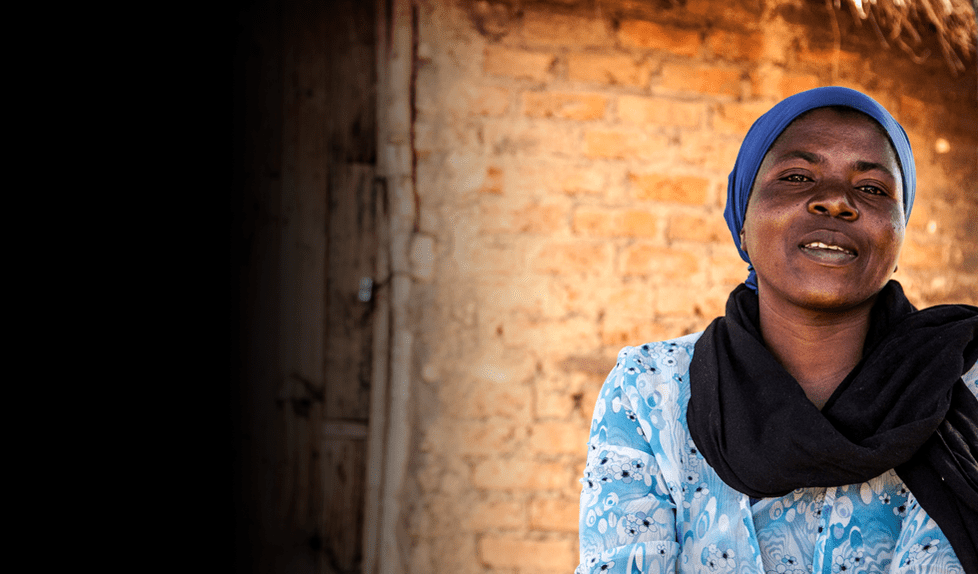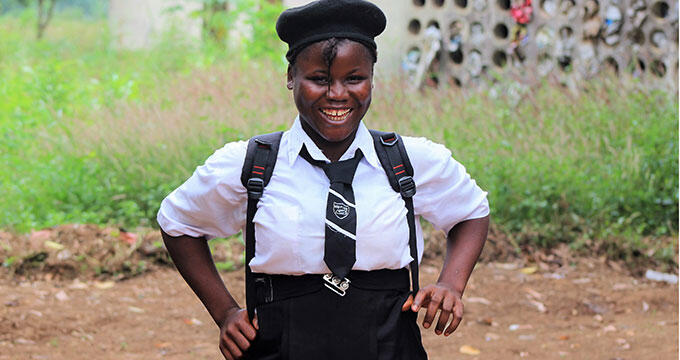Ireland
Donor rankings include UN-to-UN transfers, which are UNFPA's top source of revenue overall.
Effective 1 January 2022, UNFPA adopted a new revenue recognition policy; however, for the purposes of this website, information is presented based on previous policy to allow comparability of information across different years.
Donor Global Statistics
News & Updates
Statement by UNFPA Executive Director Dr. Natalia Kanem at the closing ceremony of the Nairobi Summit on ICPD25.
Excellencies, distinguished participants, dear friends:
What an incredible three…
Mr. President,
Distinguished Members of the Executive Board,
Colleagues and friends,
…
Pagination
News
Young women face greatest threat from intimate partner violence, new UNFPA data dashboard shows
02 December 2020News
Cut off from care in flooded Zimbabwe, pregnant women airlifted to safety
28 June 2019News
Catastrophic Cyclone Idai leaves pregnant women vulnerable in three countries
25 March 2019The humanitarian situation in Zimbabwe is driven by climate-related crises and macro-economic challenges, including cash shortages and hyperinflation. Resource constraints endanger the sexual and reproductive health of women and girls and heighten the risk of gender-based violence. UNFPA in Zimbabwe supports efforts to prevent and mitigate the risk of GBV, strengthen the capacity of humanitarian actors in GBV preparedness and response, and ensure access to essential SRH and GBV services in remote and hard-to-reach areas.
Humanitarian needs

Last updated on - June 2024
- Results data are reported and updated as they become available.
- -Targets and UNFPA's populations of concern, including women of reproductive age and pregnant women, are estimated using the MISP calculator.
- -Funding estimates are based on country planning processes, including inter-agency humanitarian response plans and regional refugee and resilience plans.
